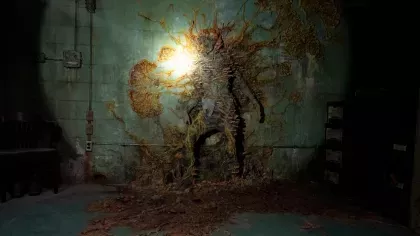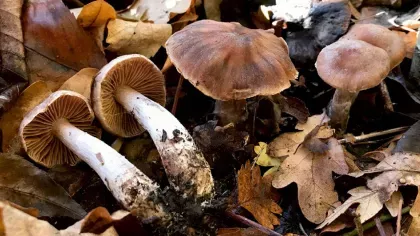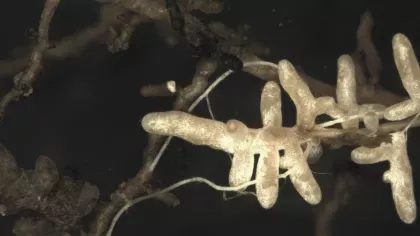11 March 2023
Mycelium: Exploring the hidden dimension of fungi
Discover the incredible fungal networks living right beneath our feet.

When you think of fungi, the first image that pops into your head is probably a mushroom.
But there’s so much more to fungi; it’s in the soil hidden beneath our feet, and even inside animals and plants.
Under the reproductive structures we know as mushrooms, truffles or crusts, lie a hidden part of the fungus: the mycelium.
Here we unearth the secrets behind this underground network of fungal filaments.
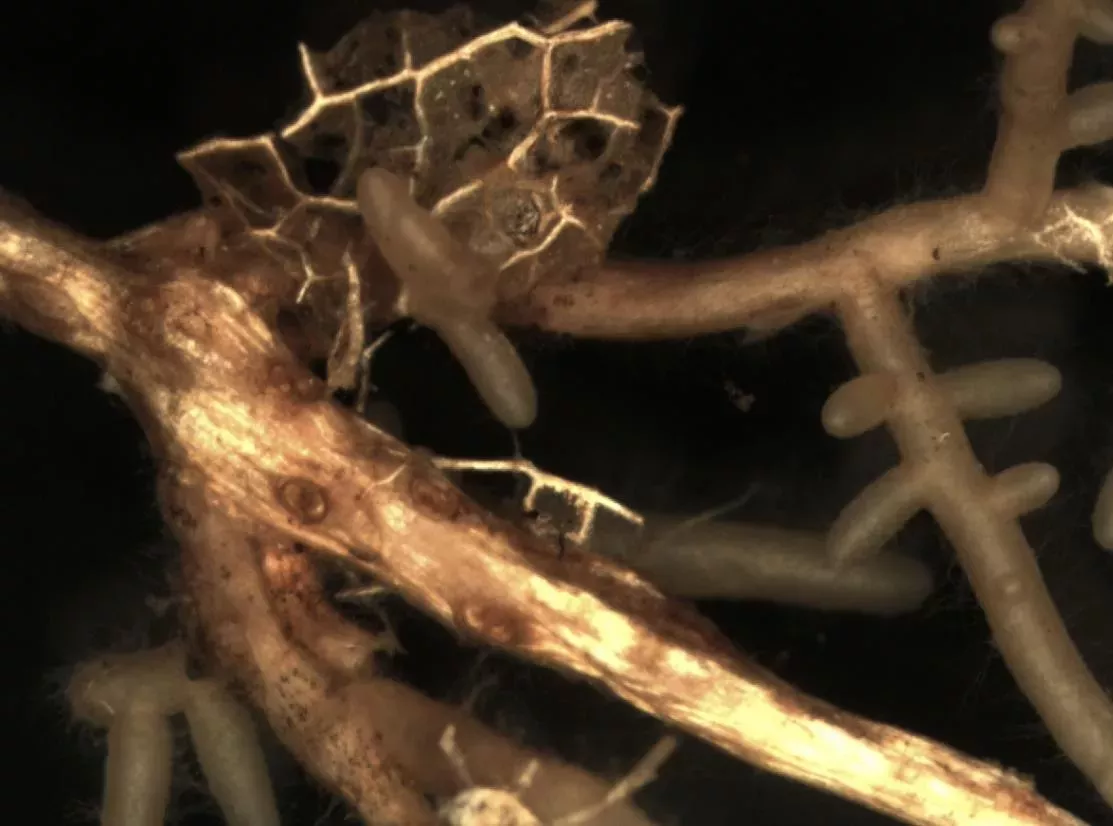
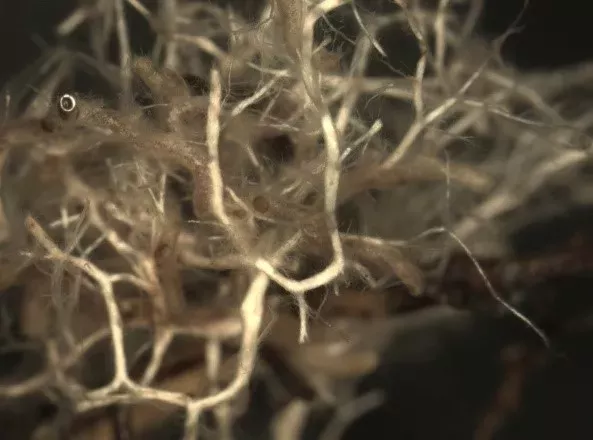
What is mycelium?
You might have seen mycelium before as a fuzzy, white, green or even black mass growing on mouldy food, blue cheese or salami.
But out in the wild, mycelium is more than just the sign of an out-of-date sandwich: it’s a whole network of thin fungal strands called hyphae.
The mycelium has a similar function in fungi to the roots of plants.
The hyphae explore the soil or any other substrate where fungi are growing and secrete digestive enzymes onto their food source, often dead organic materials and sometimes living organisms.
These enzymes break down the matter into smaller parts that feed not only the fungi, but also their plant partners and many other organisms. They can also ferment foods, increasing palatability.
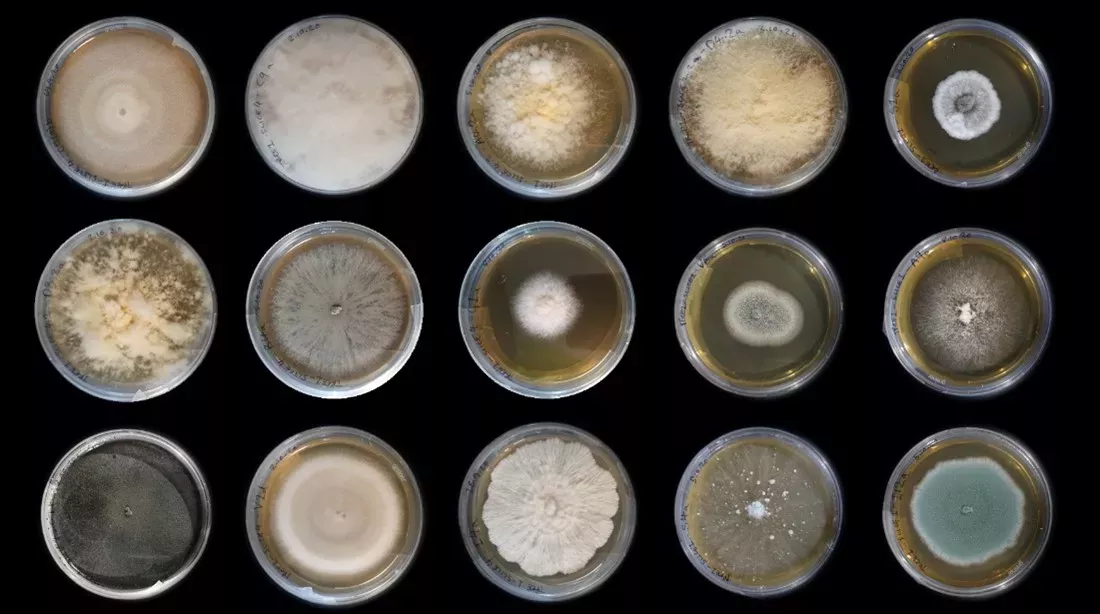
In fact, this process of breaking down organic matter is critical in maintaining healthy soil, recycling leaf litter, and providing food for the vast array of bacteria and animals that call soil home.
Mycelial networks can be both large and small. Most are microscopic, but some fungal species can also grow to colossal sizes.
In the United States, an Armillaria ostoyae growing under the Malhuer National Forest in Oregon is estimated to cover almost 10 square kilometres, making it one of the largest single organisms in the world!
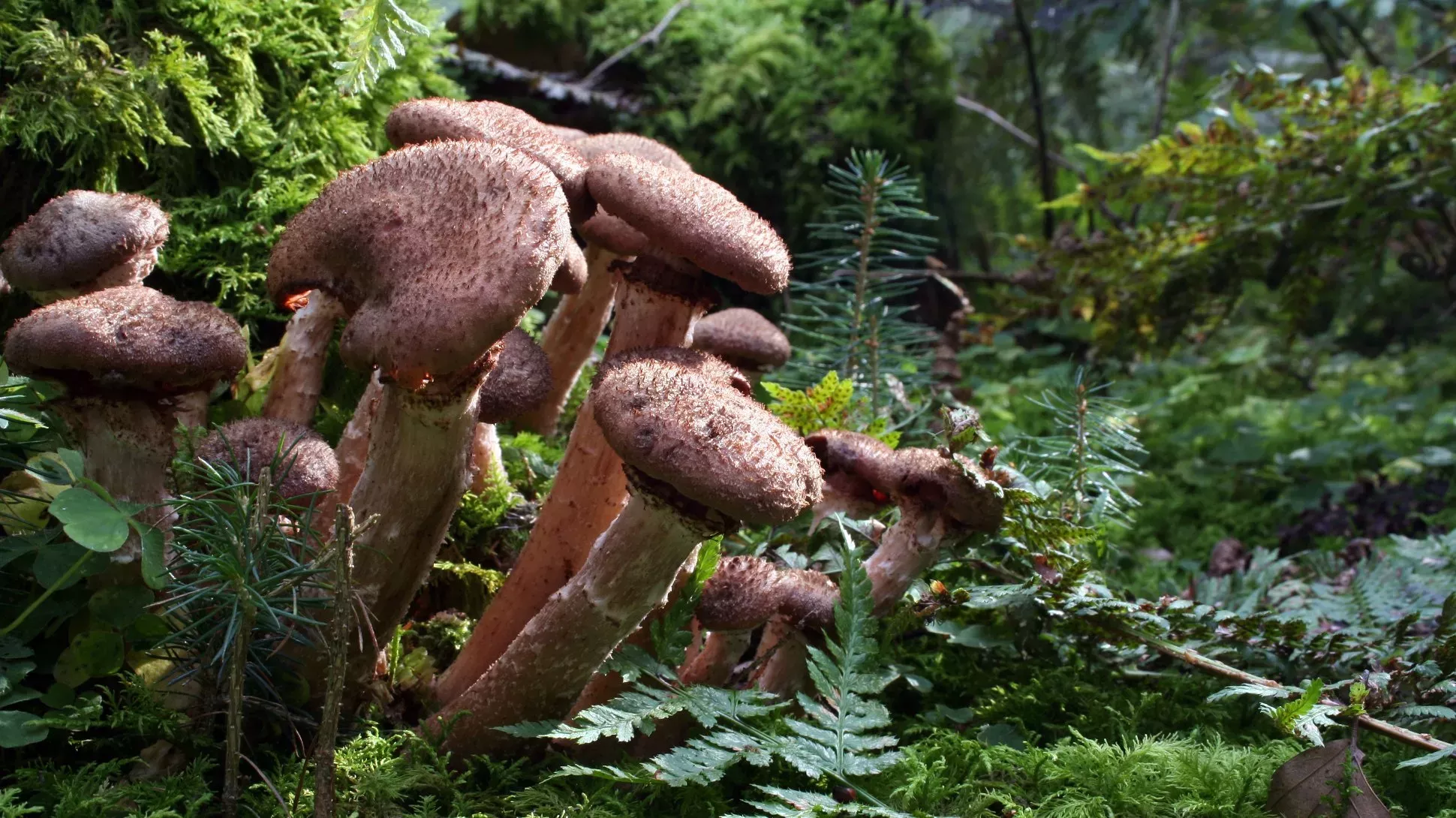
Making the connection
The mycelium also plays a crucial role in fungal reproduction.
The mycelia of two compatible fungi can fuse together, allowing the cells of each fungus to combine and their DNA to mix.
After fusing, the cells end up in new spores held inside (like in truffles) or exposed outside (like in mushrooms and crusts) the fungus' reproductive structures. This is essentially how some fungi have sex when the environmental conditions are just right.
Many fungi reproduce and form spores — these tiny, seed-like structures are transported by the wind or by animals.
When they land on the ground, they germinate and can grow forming new mycelium.
Fungi can also split their mycelium off into smaller fragments, which then go on to form independent mycelial networks.
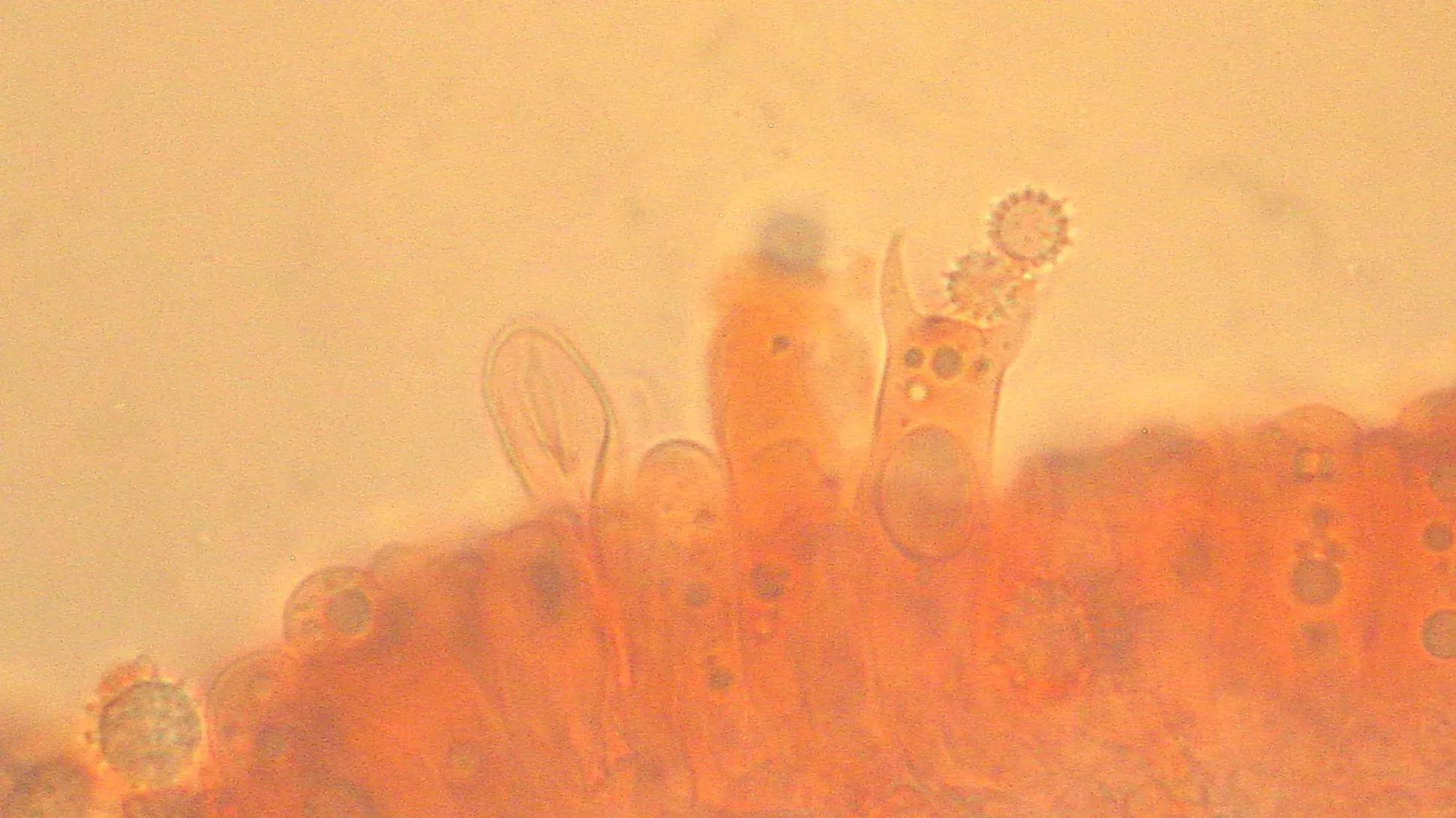
The underground network
Fungi can create networks with plant roots too.
Through their mycelium, fungi can partner with the roots of plants, including trees, creating a cross-kingdom web known as mycorrhizal (meaning 'fungus-root') networks.
This network can benefit everyone involved:
- through photosynthesis, trees and other plants produce sugars and fats, which the fungi can get from roots into their mycelium;
- in turn, the fungi help the trees and plants absorb water and nutrients from the soil, well beyond the reach of their roots and root hairs.
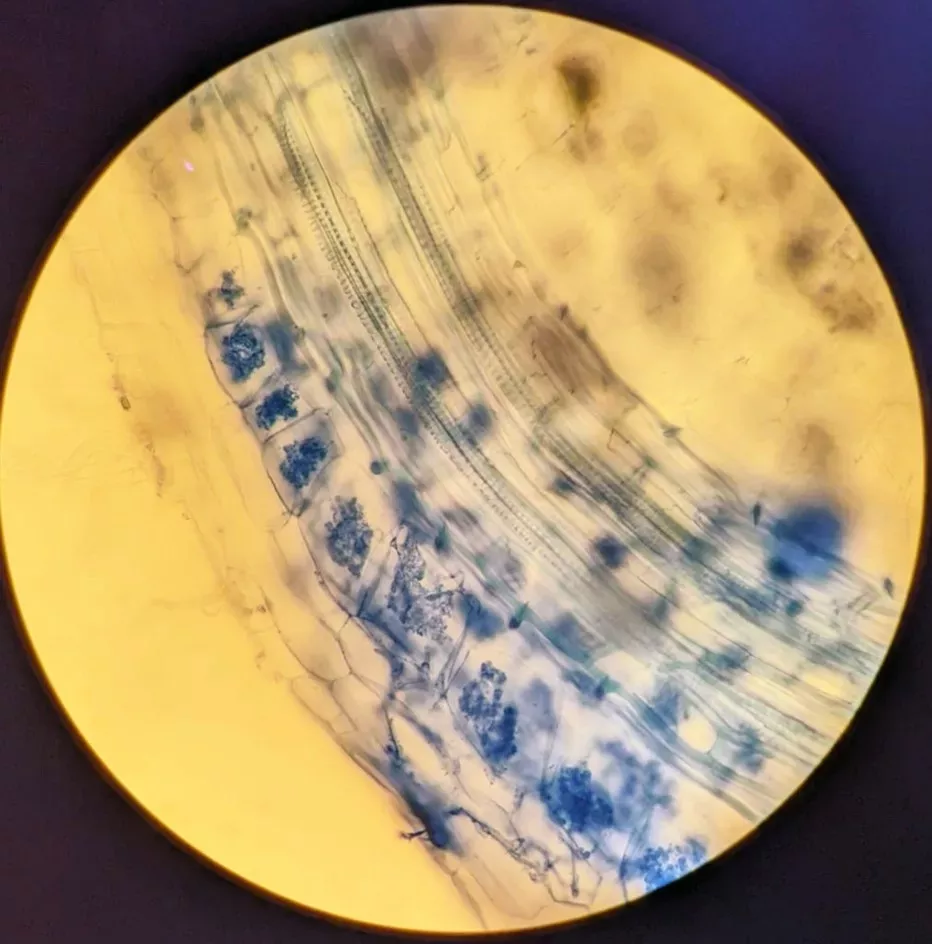
Playing matchmaker
Some plants require very specific fungi to germinate (like orchids) and grow, and as a result, have been heavily affected by land use and climate change that are threatening fungi.
The Lady Slipper orchid is now so rare in the UK, that just one individual plant remains in the wild and it’s protected in a top-secret location.
Kew is working to save this orchid species, by identifying which specific species of fungi are its perfect match.
Not only orchids need these fungi to germinate.
There is also a small group of plants related to heathers (like the pinesap (Monotropa hypopithys)) that rely exclusively on mycelial networks for their source of energy (carbon), as they are unable to generate their own sugars from photosynthesis due to a lack of chlorophyll.
These plants depend on fungi (Tricholoma) that form fungus-roots (ectomycorrhizas) with trees.
Pinesap is now red-listed in the UK, likely due to the harmful effects of pollution on its fungal partner.
Under certain conditions, plants may also be able to use mycorrhizal networks as a way of sharing messages with their plant neighbours.
For instance, in a greenhouse experiment, tomato plants infected with the disease early blight (Alternaria solani) sent signals to their healthy neighbours, which in response produced defensive enzymes to help protect them from infection.
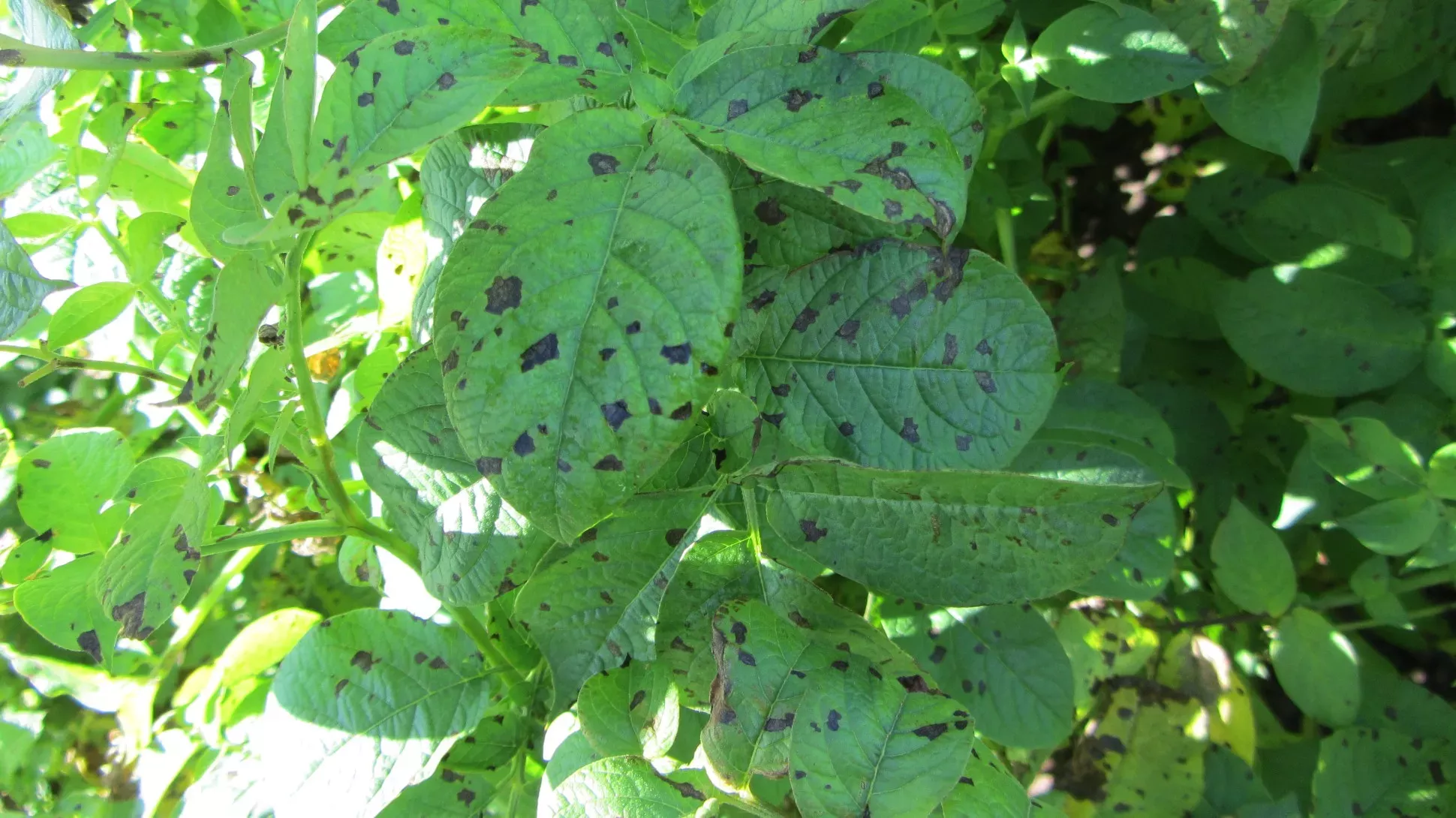
Fungal mycelium and carbon sequestration
Mycorrhizal fungi, in symbiosis with plant roots, also play a crucial role in removing carbon from the atmosphere.
As part of our Nature Unlocked research project, Kew Scientists are developing a method to measure fungal diversity and carbon storage belowground, with the aim of scaling this up to habitats across the UK to understand the carbon capture capabilities of different mycorrhizal fungi.
So the next time you go for a walk in a woodland, a garden or even a park, as peaceful as it may be, remember that underground, out of sight, fungi are always there, busy keeping the natural world running!
